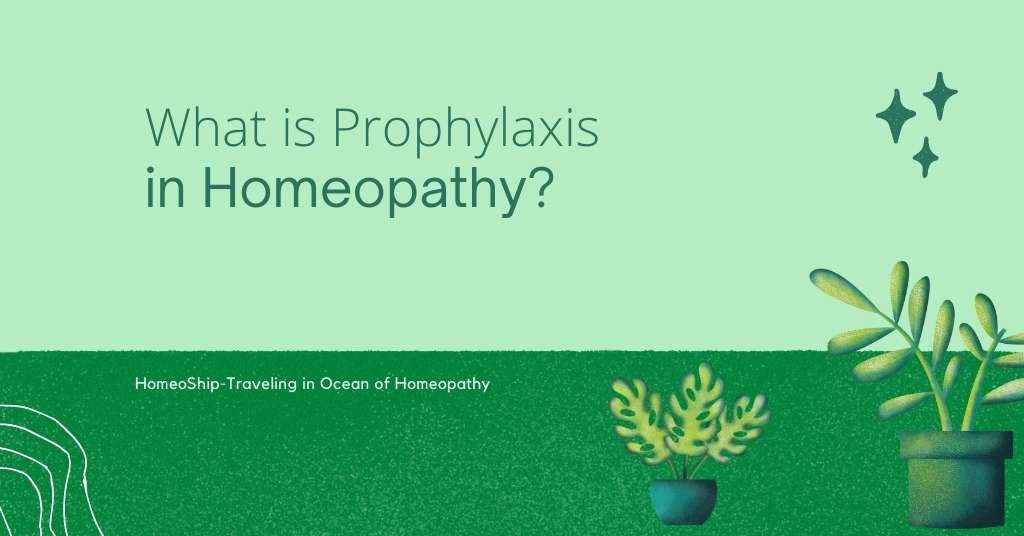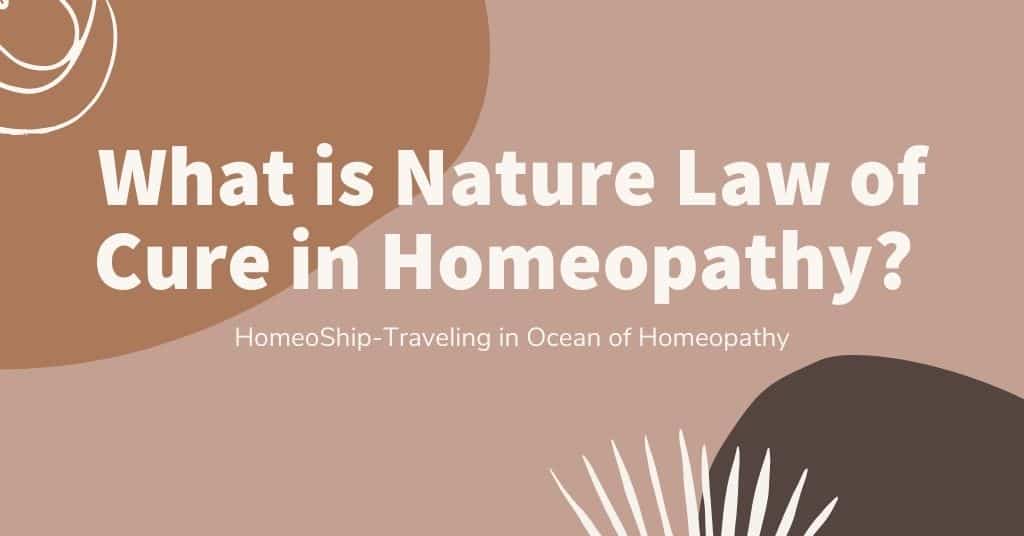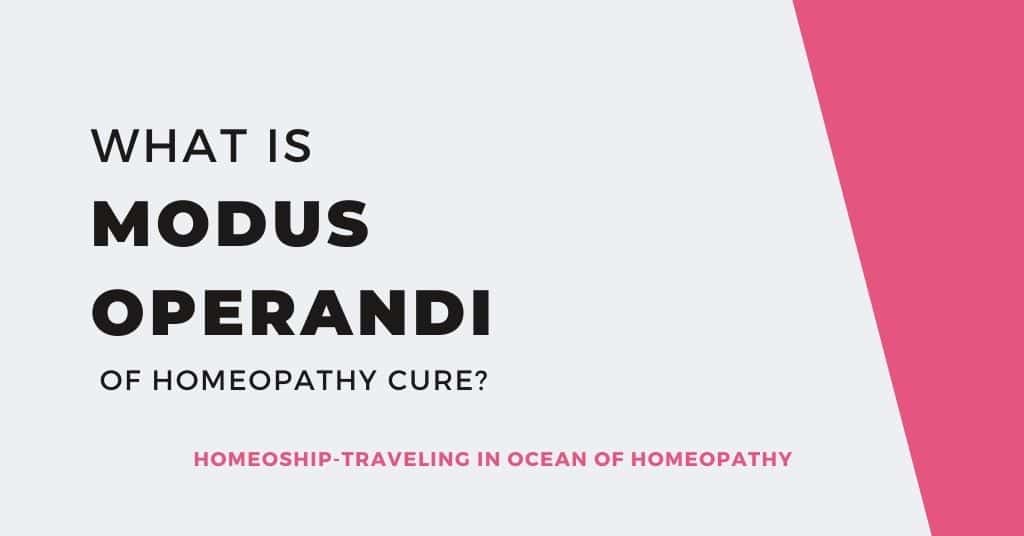Contents
A famous prophylaxis medical rule is explained by Hippocrates is Primum non nocere meaning of which is “first, do no harm”. This means whatever you do, do not damage your patient in your attempt to help him. The word prophylaxis means prevention of diseases. Any rational system of medicine tries to prevent the disease before its occurrence. Homeopathy is not an exception.
An ounce of prevention is worth a pound of cure —an old saying
Hahnemann can be considered as one of the pioneers of medicine who strongly recommended preventive methods.
Importance of Prophylaxis

Prophylaxis aims are to inhibit the disease process itself and to improve the quality of life and well-being of an individual as well as the community. To achieve this aim, the following objectives can be formed:
1. Improving the nutritional status of the individual and the community.
2. Maintaining and training personal and social hygiene.
3. Protecting the ecological balance and providing a sanitary and hygienic environment.
4. Educating the public on subjects like infectious diseases and their mode of spread, health maintenance, making them aware of the genetically transmitted disease and their management.
5. Educating people on occupational diseases, carcinogenic agents, allergic manifestations, and allergens.
Such health-promoting measures are accepted in all systems of medicine.
Homeopathy has its scope in the field of prophylaxis. Prophylaxis in Homeopathy Hahnemann’s works like “Friend of health” (2 vol-1792-1795) and “Effects of coffee” (1803) etc, show his keen interest in preventive medicine. In his lesser writings, under the article “The prevention and cure of scarlet fever (1801), we find Hahnemann writing, “Who can deny the perfect prevention of the infection from this devastating scourge, the discovery of means whereby this divine aim may be surely attained, would offer infinite advantages over any mode of treatment, be it of the most incomparable kind so ever.
The remedy capable of maintaining the health un infectable by the miasm of scarlatina, I was so fortunate as to discover” In some aphorisms of Organon, we come across the use of prophylactic medicines by Hahnemann. In the footnote to § 33 and 73 Hahnemann says, “In the year 1801 a kind of purpura miliaris (Rood Vonk), which came from the west, was by physicians confounded with scarlet fever, notwithstanding that they exhibited different symptoms, that the later found its prophylactic and curative remedy in Belladonna, the former in Aconite.”

§ 4 says, “He is likewise a preserver of health if he knows the things that derange health and cause disease and how to remove them from the persons in health”. The use of genus epidemicus in the outbursts of epidemics for curative as well as preventive purposes also can be stated as an example. In his chronic diseases, Hahnemann speaks about the use of Bryonia and Rhus tox as two specific remedies for the acute miasm of typhus that attacked during the year 1813. Hering performed the proving of Nosodes on himself. Thus, he attempted to expand the homeopathic materia medica by introducing many remedies like animal poisons, Nosodes, Sarcodes, etc.
In the year 1830, Hering proposed the use of Hydrophobinum for the prevention of rabies, Variolinum for prevention of smallpox, and Psorinum for the prevention of itch miasm. Boenninghausen successfully used Thuja as a genus epidemicus for preventing the attack of smallpox. He supported Hering’s use of Variolinum as the preventive medicine for smallpox.
J.T. Kent in his “Lectures on homeopathic materia medica” identified the capacity of Tuberculinum in preventing the attack of tuberculosis in persons who are predisposed to the tubercular miasm. William Boericke in his “Pocket manual of homeopathic materia medica”, recognizes the prophylactic power of Baptisia in preventing the occurrence of typhoid.
He writes “Baptisia in low dilutions produces a form of antibodies to the baci.typhosus, viz., and the agglutinins. Thus it raises the natural body resistance to the invasion of the bacillary intoxication, which produces the typhoid syndrome”. The homeopathic prophylactic medicines are not measured by controlled study and experiments.
But the majority of such medicines are clinically verified to have good effects by many practitioners all over the world. Some of the pioneers have advocated specific prophylactic medicines for specific diseases, whereas few have recommended the medicines to improve the general health of a person to provide them with general prophylaxis.
So prophylaxis in homeopathy is provided by two methods:
1. General prophylaxis
2. Specific prophylaxis
1 . General prophylaxis
It is a measure of preventing the occurrence of any number of diseases by improving the general health of the person. The remedy is selected by studying the individual patient separately. This pattern is similar to Hahnemann’s explanation in § 83-104. It is more closure to the holistic concept.
General prophylaxis in homeopathy is of 2 types:
i. Anti-miasmatic general prophylaxis
According to Dr. Winter and Dr. Gastier, the usage of dynamized anti-miasmatic remedies can prevent the incidence of chronic diseases in the later years of the given person. The newborn may be given anti-miasmatic remedies in the following order as prophylactic treatment against several chronic diseases. Sulphur, Sepia, Carbo veg, Arsenicum, Belladonna, Lachesis, Nitric acid, Silicea, Thuja, Lycopodium, Graphites, Calcarea, Phosphorus. One globule of the 30th potency of the above-mentioned medicine is given to the subject (infant) every fifth day one after the other.
In case of the appearance of skin eruptions, the course has to be stopped immediately. The same course may be repeated every year. The route of administration of medicines is either by mouth or by olfaction.
R.E. Dudgeon has criticized this procedure as an unwanted repetition of the dynamized remedies without proper cause and indicated symptoms. He suspected whether such repetition of dynamic medicines is safer for the innocent child?
ii. Constitutional prophylactic treatment
Dr. Fearson had an opinion that a suitable constitutional treatment either to the newborn or even to the expectant mother, will help in the prevention of the genetic disorders. This can be used as the general prophylaxis in homeopathy. Treating the fetus through the channel of a pregnant mother is the most suitable measure; it helps to improve the health of both the child and the mother. But a lot of research confirmatory work has to be done on the efficacy of this subject.
2. Specific prophylaxis
This is a type of prophylaxis where a particular disease condition is prevented by the usage of specific medicines. This method is explained by Hahnemann in § 100-103. The selection of specific prophylactic homeopathic remedies is strictly based on the similarity of the symptoms. Hahnemann’s successful experience with Belladonna in preventing Scarlet fever, and the control of Asiatic cholera with Camphor 30, Cuprum met 30, and Veratrum album 30 are considered as the best examples of specific prophylaxis. Dr.Hering had a view that many diseased conditions can be prevented by intelligent use of the same morbid discharge of the disease.
Example: The saliva of the rabid dog can be made into medicine to control hydrophobia.
Genus Epidemicus
Hahnemann in his “Medicine of Experience (1806)”, explains that certain miasms produce diseases that have “one and the same cause” which may have a fixed character. This is because they rely on the same contagious principles. Some miasm mutates very rapidly while others tend toward fixed character. This special condition calls for special measures. “We observe a few diseases that always arise from one and the same cause, e.g. the miasmatic maladies; hydrophobia, the venereal diseases, the plague of the Levant, yellow fever, small-pox, measles and some others which bear upon them the distinctive mark of always remaining diseases of a peculiar character; and because they arise from a contagious principle that always remains the same.”
Genus epidemicus is the remedy selected homeopathically to those diseases in which several people have similar sufferings from the same cause. This genus epidemicus can be used not only as a curative but also as a preventive against this particular epidemic only. For every new epidemic disease, the physician has to select a new “genus epidemicus” separately.
Example: (footnote to § 73)
i. Hahnemann used Belladonna as genus epidemicus for the epidemic diseases called the Scarlet fever in the year 1801.
ii. A kind of purpura miliaris that came from the west was also successfully controlled by the use of Aconite. This was the genus epidemic of that particular epidemic.
Uses of the genus epidemicus
i. For the treatment of the epidemic disease:
Once the task of selecting the genus epidemicus is over, the labor of selecting an individual remedy for every person separately is also over. This helps in saving the time of the physician and helps in treating several patients in a relatively short period in an effective manner.
ii. For preventive purposes
The same genus epidemicus can be used as the preventive medicine for every healthy person in that epidemic area. Hence genus epidemicus is used as a preventive as well as a curative remedy. Vaccination and Homeopathy Oxford & IBH medical dictionary defines “Vaccine is a suspension of live, live attenuated, killed, complete or incomplete micro-organism or its products obtained therefrom which contains antigen administered to induce active immunity against a specific infectious disease”.
Vaccination is a process of inoculation of antigen into the body to stimulate the production of antibodies which in turn prevent the occurrence of disease in the person. Vaccination is being a highly controversial subject in homeopathy today. The adverse effects of vaccinations from simple fever to the development of auto-immune disorders have been noticed by several eminent observers.
Read more about Genus Epidemic
Hahnemann in his “Chronic Disease”, explains the accessory miasm of the inoculated cowpox material. Apart from the protective matter of smallpox, the lymph of the inoculated cowpox contains an additional miasm by which it produces a characteristic cutaneous eruption on the skin. This additional miasm Hahnemann called the accessory miasm. The lymph of inoculated cowpox, besides the protective matter, contains the contagion capable of producing a general; cutaneous eruption of different nature.
This usually consists of small, dry pimples resting on a small red areola, frequently intermingled with round red cutaneous spot, and is often accompanied by most violent itching. In many children, the eruption appears several days before, but more frequently after the red areola of cowpox and vanishes in a few days leaving behind small red and hard spots on the skin. Hahnemann’s casebooks record the acute side-effects of vaccination but knowledge of its chronic effects still was mostly unknown.
It was Wolf, Boenninghausen, and Hering who realized that the orthodox vaccination was causing an iatrogenic chronic miasm named Vaccinosis. This encouraged the later homeopaths to deeply investigate the homeopathic alternative to orthodox vaccinations. A disease caused by orthodox immunization is called ‘Vaccinosis’ in homeopathy. This establishes an iatrogenic miasm (man-made infection) in the organism. Dr. J. Compton Burnett identified the disease “vaccinia” by the name “vaccinosis”.
According to him, this condition has a longstanding adverse constitutional effect on the affected person. He explained his experiences on this subject in his booklet “vaccinosis and its cure by Thuja”. Most of the homeopathic repertories suggest remedies to abort the complaints after vaccination. Silicea, Thuja, Sulphur, Malandrinum, Mezereum, etc are a few such important remedies.
Wolf, Boennighausen, and Hering also identified that the vaccination procedures used by the orthodox school caused the iatrogenic chronic miasm called “vaccinosis.” H.A. Roberts says, “It has been claimed that these preparations are (vaccinations) really homeopathic”.
Let us consider this controversy logically
1. Giving identical instead of similar is as different as between Isopathy and homeopathy. Even though the identical bacterial antigen is modified by inactivation or attenuation etc, the basic fact remains that it is identical to the disease and not similar.
2. Secondly, the preparation of these substances is done in mass production. No role of individualization is observed in its administration.
3. The preparation and the filtration are done not in an inert substance (vehicle), but through living creatures’, especially of lower animals which are totally different in our genetic makeup.
4. Moreover, pioneers like Burnett have learned that the bad effects of such vaccinations have led to the development of a condition called “vaccinosis”, which has similarities in its symptoms to Hahnemann’s sycotic miasm.
Prophylaxis in homeopathy is still at its experimental level only. It is the right time for the entire homeopathic fraternity to prove and reprove the efficacy of these hypothetical explanations and make them practically applicable for the sake of the suffering humanity.


